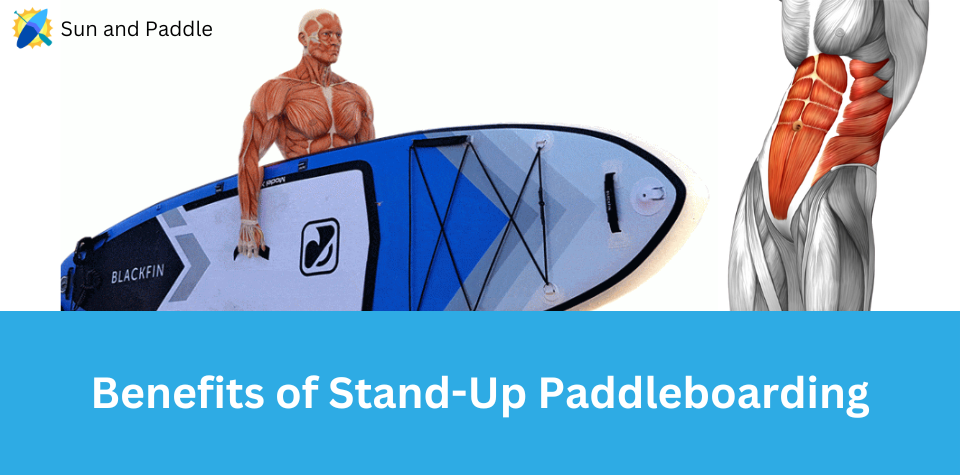Stand-up paddleboarding (SUP) has swiftly emerged as a popular water sport that delivers a multitude of benefits, ranging from fitness perks to mental relaxation. As a low-impact activity, it allows participants of all ages and fitness levels to engage in a form of exercise that is as invigorating as it is soothing. The accessibility of SUP makes it a fantastic choice for families seeking a collective activity that promotes togetherness and health.
Moreover, the therapeutic value of stand-up paddleboarding should not be underestimated. Engaging in SUP can support rehabilitation and therapy for various conditions, providing a gentle, yet effective workout that enhances balance, strength, and coordination. Additionally, the serene experience of gliding over water offers participants an opportunity to connect with nature, often leading to encounters with fish, birds, and other wildlife which can enhance the sense of well-being.
Key Takeaways
- Stand-up paddleboarding offers a range of health benefits and is accessible to all skill levels.
- SUP is valuable for rehabilitation and therapy, improving balance, strength, and coordination.
- Paddleboarding provides a unique opportunity to connect with nature and wildlife.
What are the Benefits of Stand-Up Paddleboarding?
Stand-up paddleboarding offers an array of health and fitness benefits. It’s a versatile sport that improves your physical and mental wellbeing.
1. Increases Your Activity
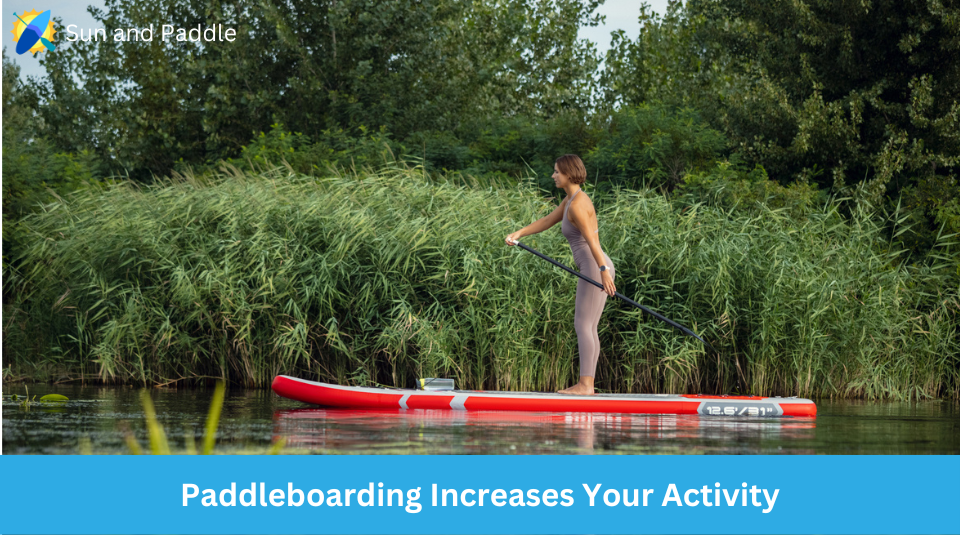
Stand-up paddleboarding is a great way to increase your overall physical activity. Paddling across the water requires consistent movement which contributes to your daily exercise goals.
2. Helps with Balance
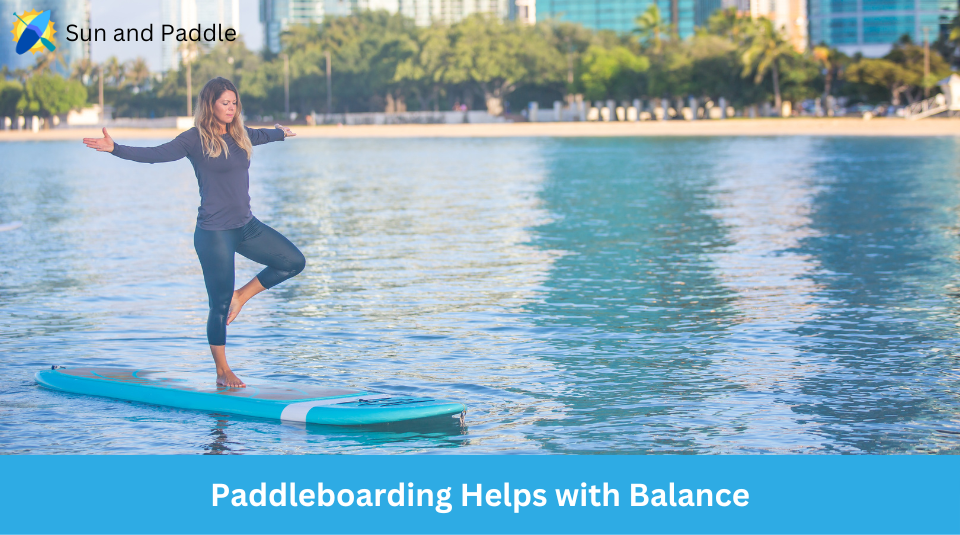
Paddleboarding requires you to stand upright on the board, which can significantly enhance your sense of balance and stability over time.
3. Reduces Stress Levels
The rhythmic nature of paddling coupled with being on the water can help to lower stress levels. Many find the experience to be meditative and calming.
4. Intense, Full-Body Exercise
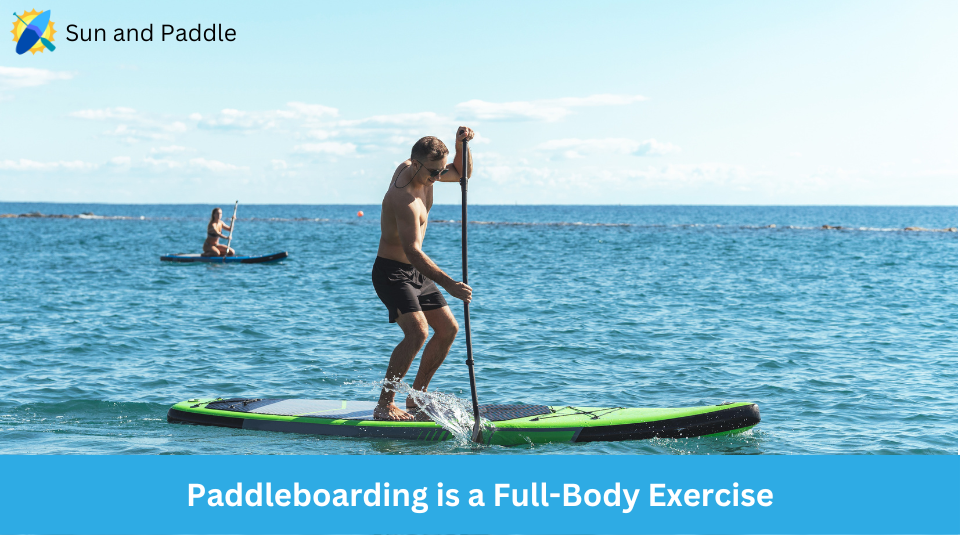
Paddleboarding engages multiple muscle groups, from your arms and shoulders down to your legs and core, providing an intense full-body workout.
5. Provides a Low-Impact Workout
Paddleboarding is low-impact, meaning it’s easy on your joints. This makes it an especially good exercise option if you’re recovering from injuries or are concerned about joint health.
6. Strengthens Core Muscles
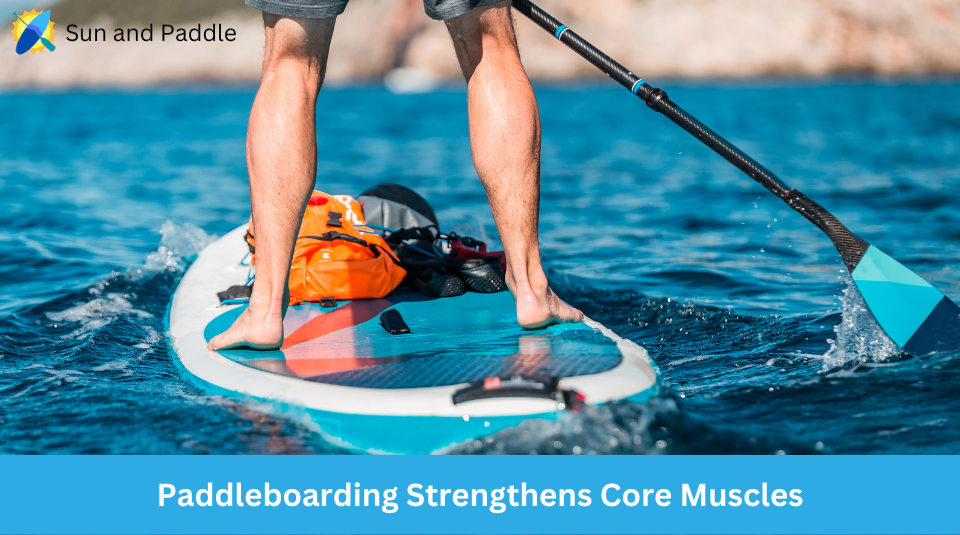
Maintaining balance on a paddleboard significantly involves your core muscles. Regular paddleboarding can help you build a stronger core.
7. Helps You Lose Weight
With its full-body engagement, paddleboarding can help you burn calories and may contribute to weight loss as part of a balanced diet and regular exercise.
8. Boosts Cardiovascular Health
Like all aerobic exercise, paddleboarding can boost heart health. It might lower the risk of heart disease, especially when practiced regularly.
9. Optimal Environment for Health
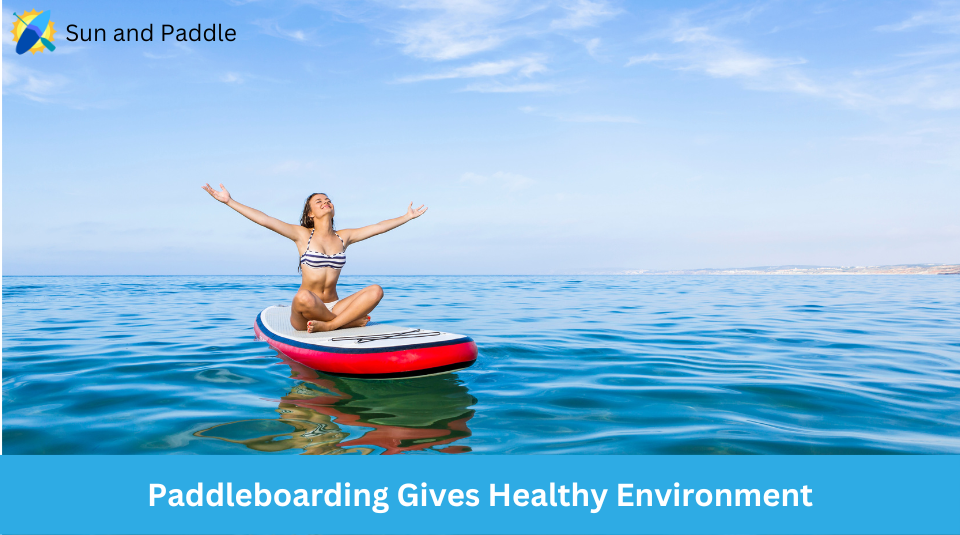
Being out on the water can contribute to better mental health, offering a serene environment that can help clear your mind.
10. Combat Depression
Regular paddleboarding may play a role in combating depression. The combination of exercise, sunlight, and the calming effect of water can improve your mood.
11. Increases Exposure to Sunlight and Vitamin D
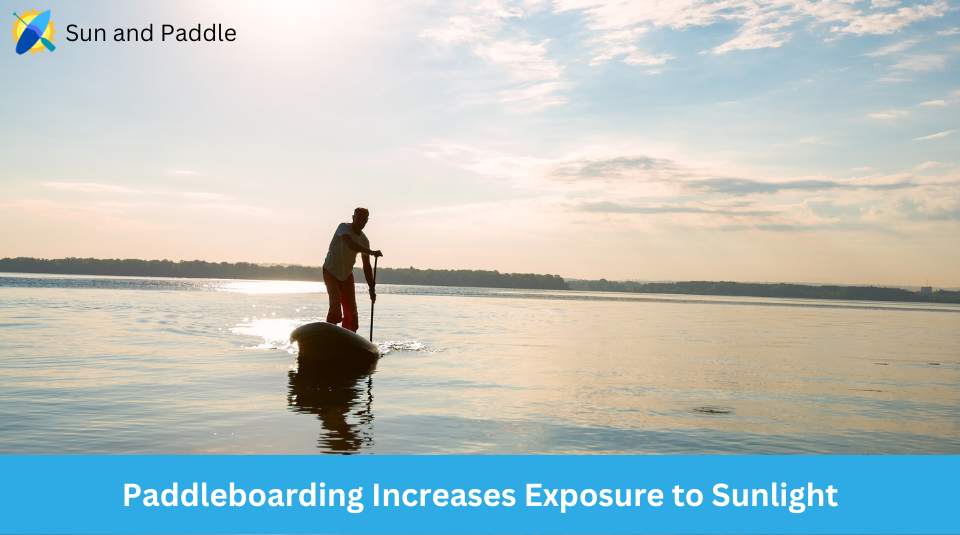
While paddleboarding, you’re exposed to sunlight which is a natural source of Vitamin D. This vitamin is essential for maintaining healthy bones and immune function.
12. Provides a Chance for Fresh Air
Paddleboarding ensures you spend time outdoors, breathing in fresh air, which is beneficial for your respiratory system.
13. Can Be Done Alone or With Friends
You have the flexibility to paddleboard alone for a peaceful retreat or with friends for a social outing, allowing you to tailor the experience to your mood.
14. Can Be Competitive

For those who enjoy a challenge, paddleboarding can be competitive. Races and endurance events are held for various skill levels.
Stand-up paddleboarding has numerous benefits for physical and mental health. It provides a low-impact, full-body workout that engages all of the major muscle groups. It is a great way to get active, improve balance and stability, reduce stress, and enjoy the outdoors.
What are the Benefits of Stand-Up Paddleboarding with Family

Engaging in stand-up paddleboarding (SUP) with your family not only offers an enjoyable way to spend time together but also provides various health and educational benefits. The activity can cater to different ages and skill levels, making it a versatile choice for family outings.
1. Build Stronger Bonds
Stand-up paddleboarding encourages teamwork and communication as you navigate the waters together. This shared experience can strengthen familial relationships by creating a sense of unity and shared accomplishment.
2. Promotes Physical Fitness
SUP is an excellent full-body workout that enhances core strength and balance. As a low-impact activity, it is suitable for family members of all fitness levels, encouraging everyone to stay active and healthy. It’s great to instill a passion for paddleboarding with kids.
3. Reduce Stress

Being on the water has a calming effect, and paddleboarding is no exception. It allows you and your family to disconnect from daily stressors and enjoy the tranquility of nature, which can be beneficial for mental health.
4. Provides Education Opportunities
Paddleboarding with family can be educational, offering lessons in water safety, environmental awareness, and even geography as you explore different bodies of water and their surroundings.
5. Offers Versatility

SUP is a versatile sport that can be adapted to various water conditions and preferences, whether you prefer a serene lake or a more adventurous ocean setting. It offers a range of activities from racing to yoga, ensuring that every family member finds enjoyment.
Stand-up paddleboarding with family is a fantastic way to create lasting memories, promote physical fitness, reduce stress, and learn new things. It is a versatile activity that all ages and skill levels can enjoy.
How Can Stand-Up Paddleboarding Help Rehab & Therapy?
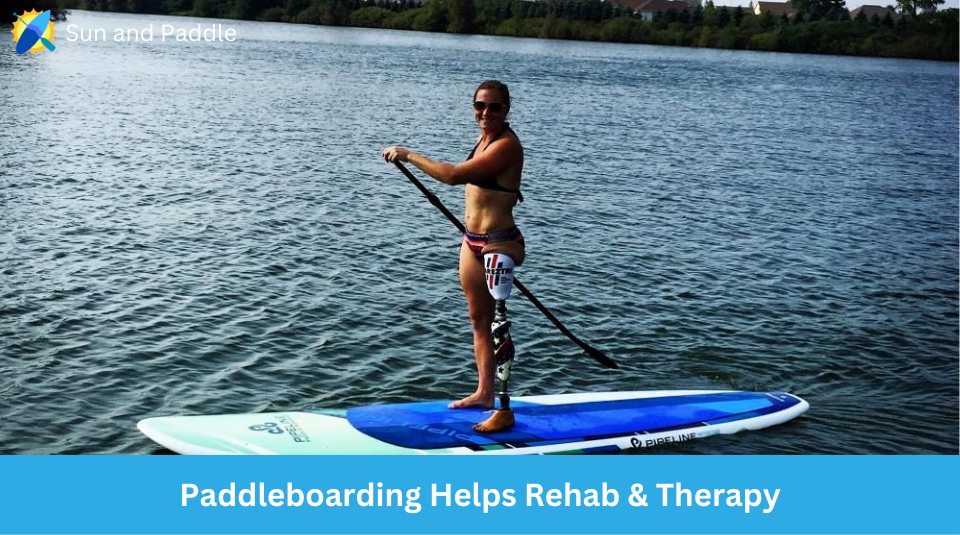
Stand-up paddleboarding (SUP) can play a pivotal role in rehabilitation and therapy, offering low-impact exercise options that can aid in recovery and strengthening.
How Can SUP Help With Injury Rehabilitation?
When you are recovering from an injury, it is crucial to engage in gentle activities that do not place undue stress on your body. SUP is low-impact and can be modified to suit your comfort levels and rehabilitation stages. Paddleboarding helps improve your:
- Muscle strength: By paddling, you can build strength in the key areas of your shoulders, arms, and core.
- Balance and coordination: Maintaining your balance on a paddleboard stimulates proprioceptive input, which is beneficial for joint injuries and post-surgery recovery.
- Joint stability: SUP requires controlled movements, which engages and strengthens the muscles surrounding your joints.
Is SUP Good for Stability Training?
SUP demands a certain level of stability to remain upright on the board, making it an effective tool for stability training. The dynamic surface of the water means that you are constantly making small adjustments to stay balanced. This can lead to improvements in your:
- Core stability: You engage your core muscles to keep stable, which can enhance overall body control and reduce the risk of falls.
- Lower body strength: Your legs work continuously to adjust to the board’s movement, which can lead to strength gains in the lower extremities.
SUP Can Beneficially Introduce You to Nature: Fish, Birds & Other Wildlife

When you glide over the water on your stand-up paddleboard (SUP), you immerse yourself in a serene environment that’s rich in wildlife. This activity provides a unique vantage point to observe marine life due to the elevation and silence that come with SUP.
-
Fish: Standing on your board, you might see fish swimming just below the water’s surface. In clear waters, this perspective allows for an impressive view of the aquatic ecosystem without disturbing it.
-
Birds: As you paddle, look towards the sky and shoreline. Birds in their natural habitat can often be seen hunting, nesting, or flying overhead. From waterfowl to raptors, each ecosystem will introduce you to a variety of species.
-
Other Wildlife: Depending on where you paddle, other wildlife such as dolphins, turtles, or even playful otters might make an appearance. The quiet nature of SUP means you can approach these animals without causing them distress.
It’s important to maintain a respectful distance to ensure you don’t disrupt their natural behavior. Your presence in their environment should be as unobtrusive as possible. By observing wildlife while on your SUP, you contribute to a sustainable way of interacting with nature, where you gain appreciation and understanding without leaving a negative impact.
6 Negatives of Stand-Up Paddleboarding
Stand-up paddleboarding (SUP) is an engaging water sport, but it comes with practical challenges you should consider before taking it up.
1. Can Be Difficult to Transport the Board
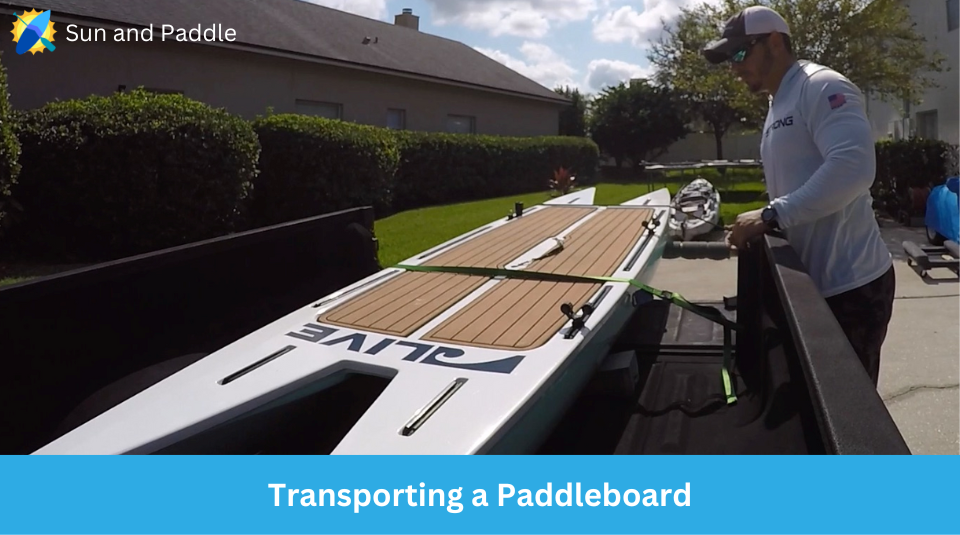
One of the biggest challenges with stand-up paddleboarding is transporting the paddleboard. Transporting a SUP board requires a suitable vehicle or carrying system due to its size. You need a car rack, straps, and padding to secure the board, adding to your preparation time.
2. Can Be Difficult to Store the Board Because of Its Length
SUP boards are large, usually ranging from 10 to 12 feet in length, which may exceed the storage space in your home or garage. You must find a dedicated space that protects the board from the elements.
3. Can Be a Big Investment
The cost of a quality SUP board plus essential accessories like a paddle, leash, and life vest can be substantial. Expect to invest several hundred to over a thousand dollars for durable and high-performance gear.
4. Worry About Strong Tides and Being Able to Paddle Against Them
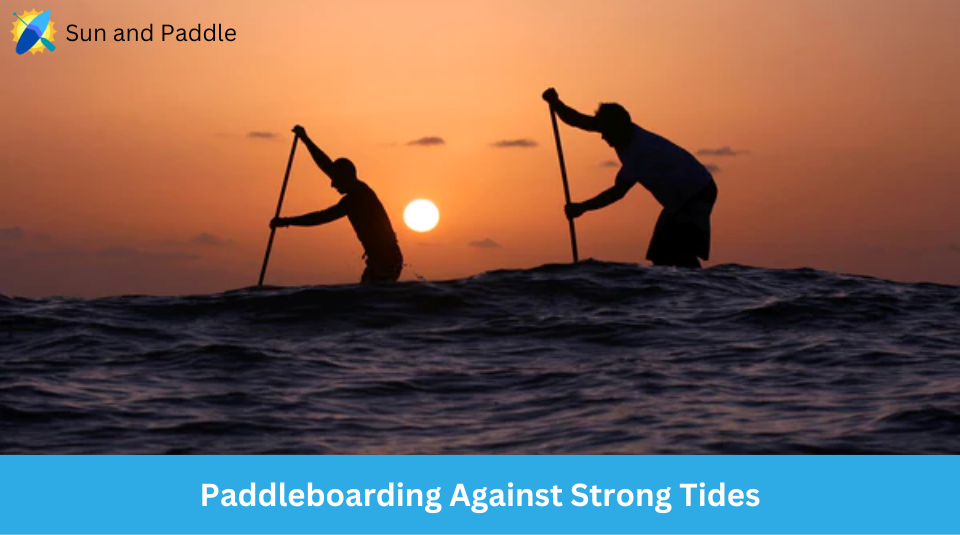
Paddling in strong tidal conditions requires strength and skill. You should be mindful of the weather and water conditions to avoid situations where you might struggle to paddle back against the tide. One time when I first started paddleboarding, I went out from shore very easily in a bay (Oyster Bay in Long Island), but when I turned around to come back it felt almost impossible. I didn’t know at the time, but it was because the tide was going out. I was able to paddle out easily since I was going with the current, but then had to go against it on the way back. On the way back, I had to paddle fiercely to go forward slowly. Every time I fell, I got carried away from shore.
Therefore, make sure to pay attention to the direction of the current and if you get stuck, paddle back on your knees. You’ll be less likely to fall.
5. Concern About Sun Exposure
Extended periods on the water increase your exposure to UV rays. It’s essential to wear sunscreen, protective clothing, and possibly a hat to mitigate the risk of sunburn and long-term skin damage.
6. Can Only Fit One Person Per Board
A standard SUP board is designed for solo use, which means you might not be able to share the experience with others simultaneously. Each person needs their own board to participate.
Frequently Asked Questions
Here, you’ll find precise answers to common queries about stand-up paddleboarding, covering health impacts to equipment essentials.
What are the health benefits of engaging in stand-up paddleboarding?
Stand-up paddleboarding offers a full-body workout, as it requires the use of your core muscles for balance and arm muscles for paddling. This activity improves cardiovascular health, increases endurance, and builds strength.
In what ways does stand-up paddleboarding impact mental health?
Paddleboarding can reduce stress and improve your mood, as the calming effect of being on the water combined with the physical activity prompts the release of endorphins. It also offers meditative benefits due to the rhythmic nature of paddling and the focus required to maintain balance.
What should beginners know before starting stand-up paddleboarding?
As a beginner, it is essential to learn the basics of balance and paddling techniques on calm water. You also need to be aware of water safety, understanding local regulations, and weather conditions before you set out.
What are the advantages and disadvantages of pursuing stand-up paddleboarding as a hobby?
Advantages of paddleboarding include versatility in workouts, accessibility to various bodies of water, and an enjoyable way to explore nature. Disadvantages may include the initial cost of equipment and the potential for weather limitations, depending on your location.
Can stand-up paddleboarding effectively contribute to weight loss goals?
Yes, as an aerobic exercise, stand-up paddleboarding can help burn calories and contribute to weight loss goals when practiced regularly. Combining it with a healthy diet enhances the effects further.
What equipment is essential for someone starting out in stand-up paddleboarding?
To start stand-up paddleboarding, you need a paddleboard that suits your size and skill level, a paddle, personal flotation device (PFD), and safety whistle. Additionally, appropriate clothing for the climate and a leash to keep the board attached to you are important for safety.

